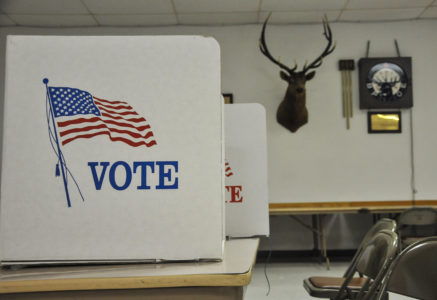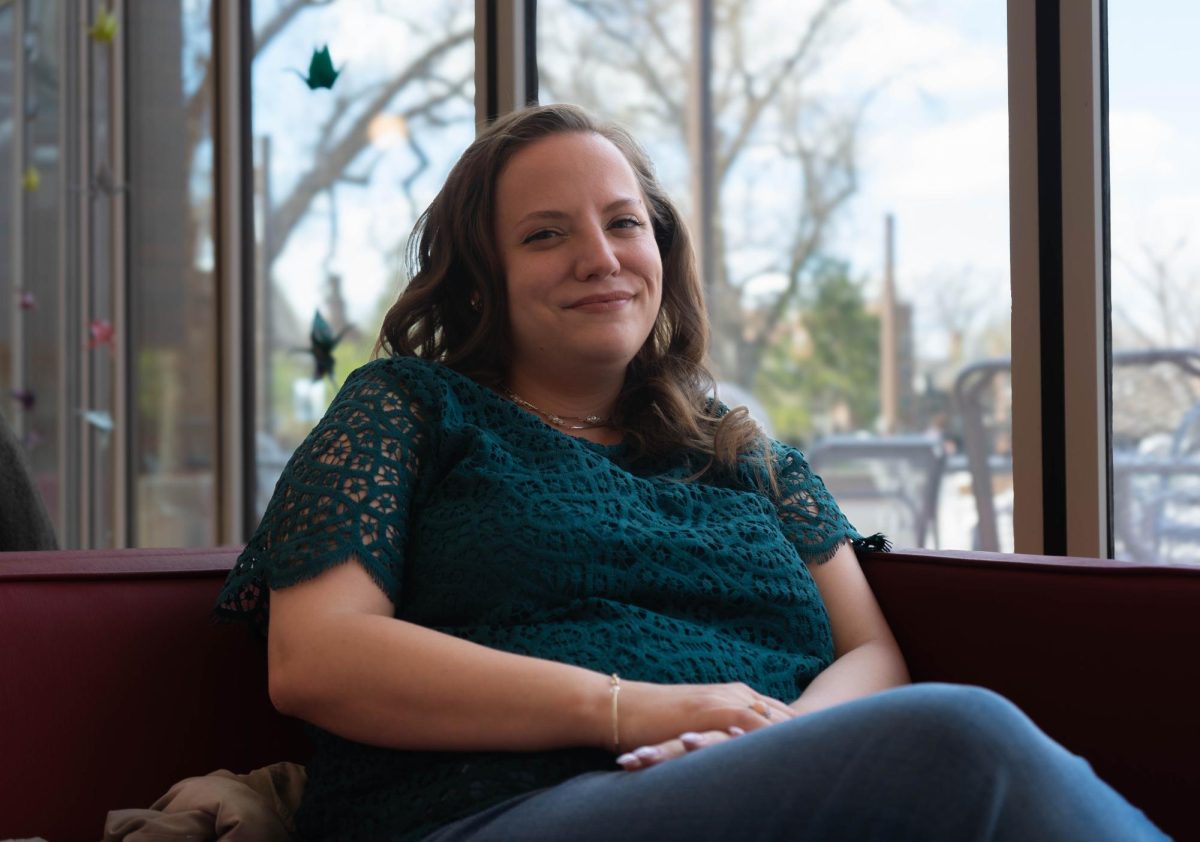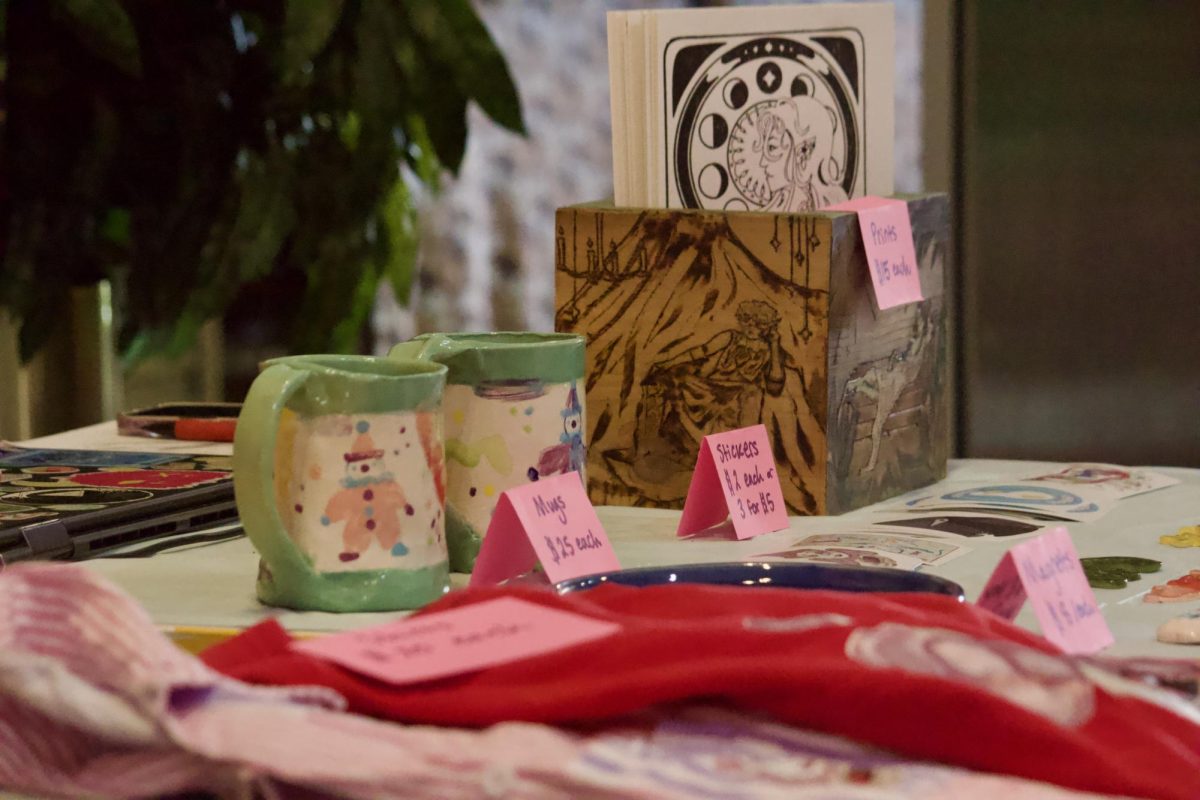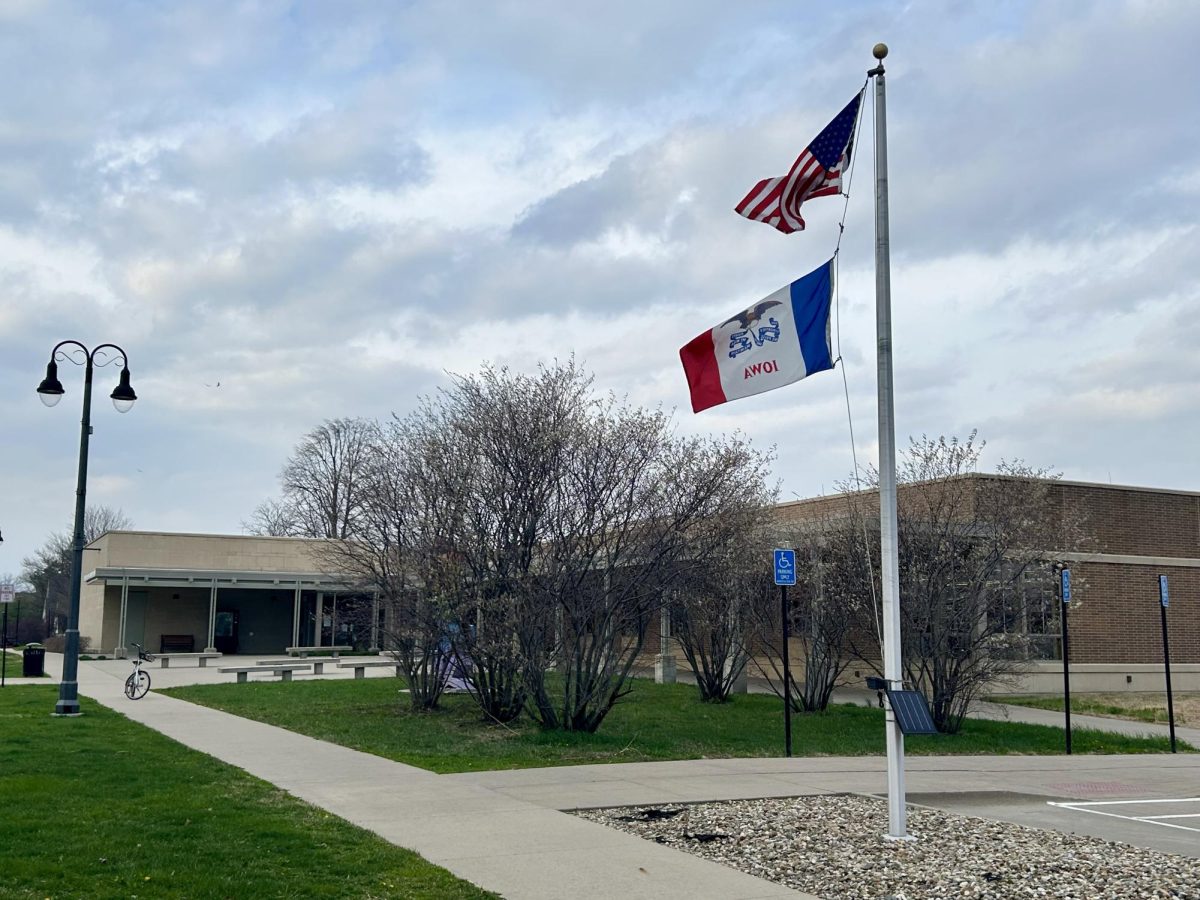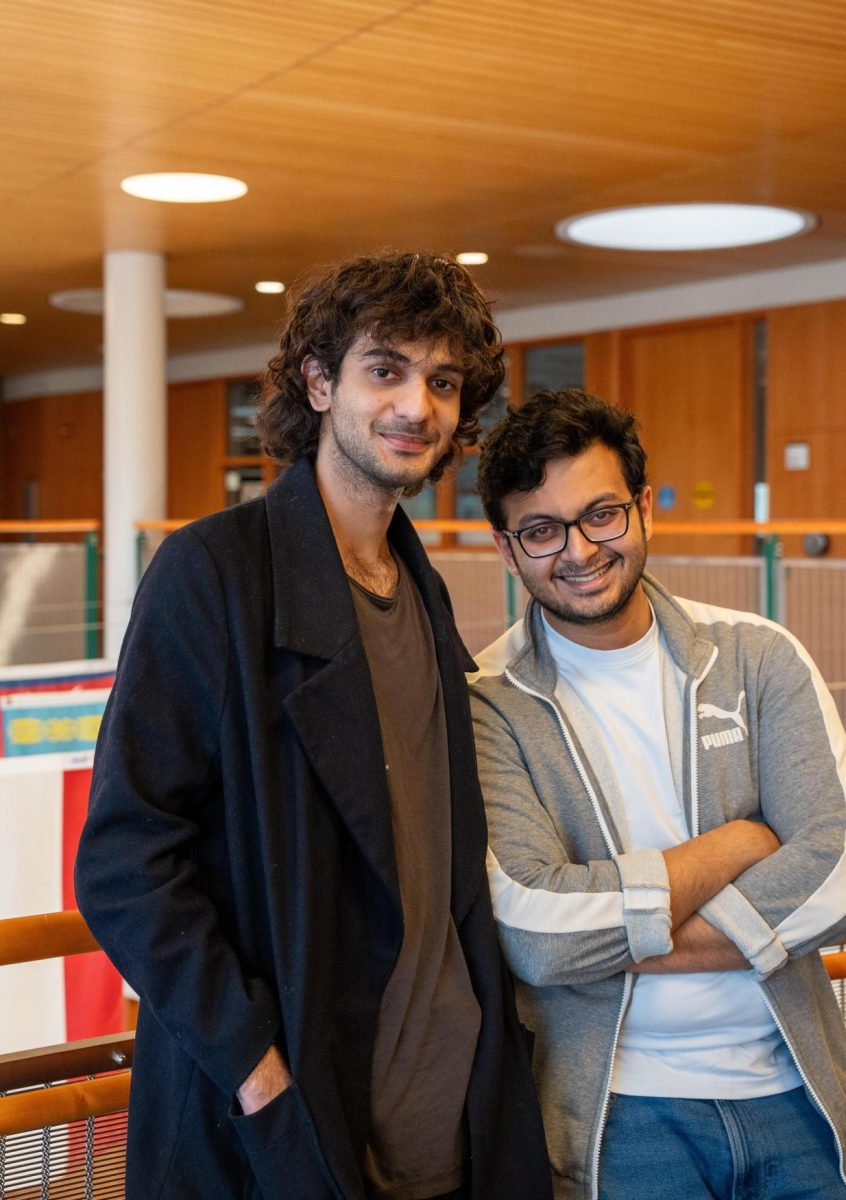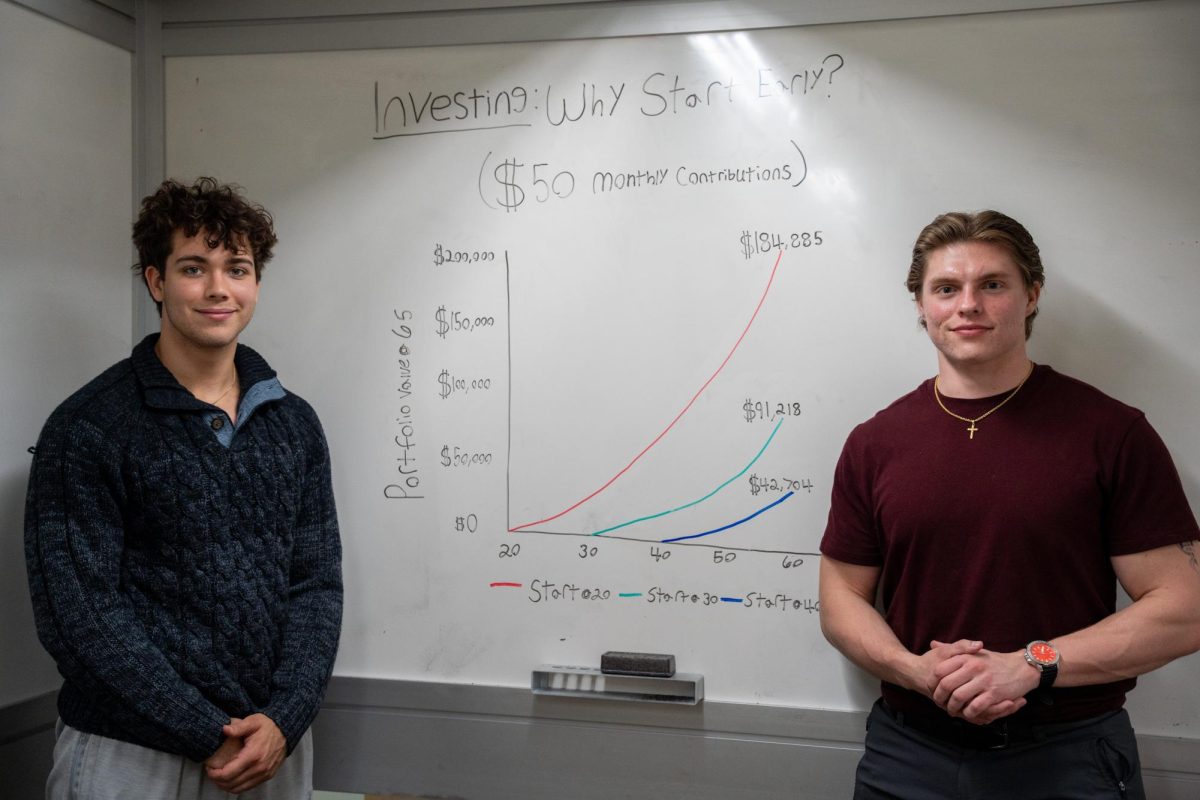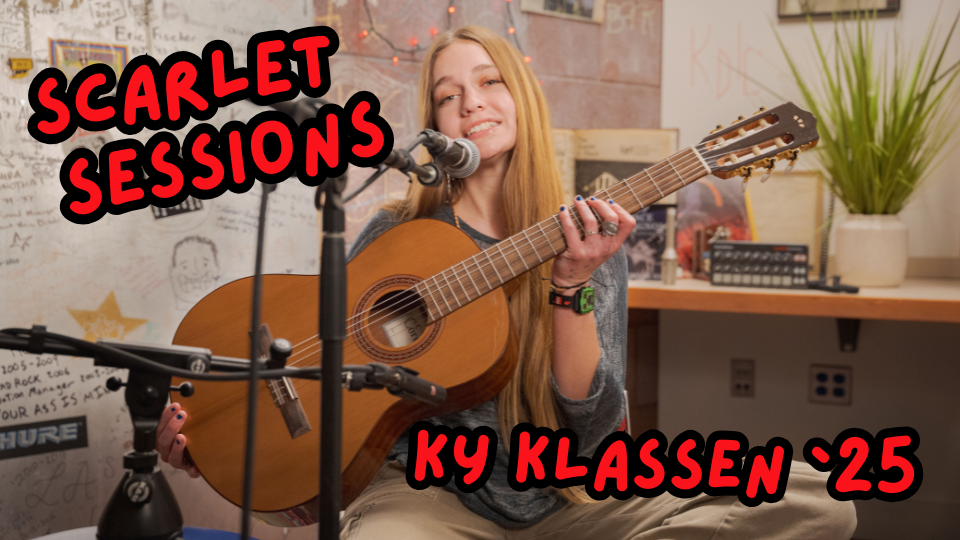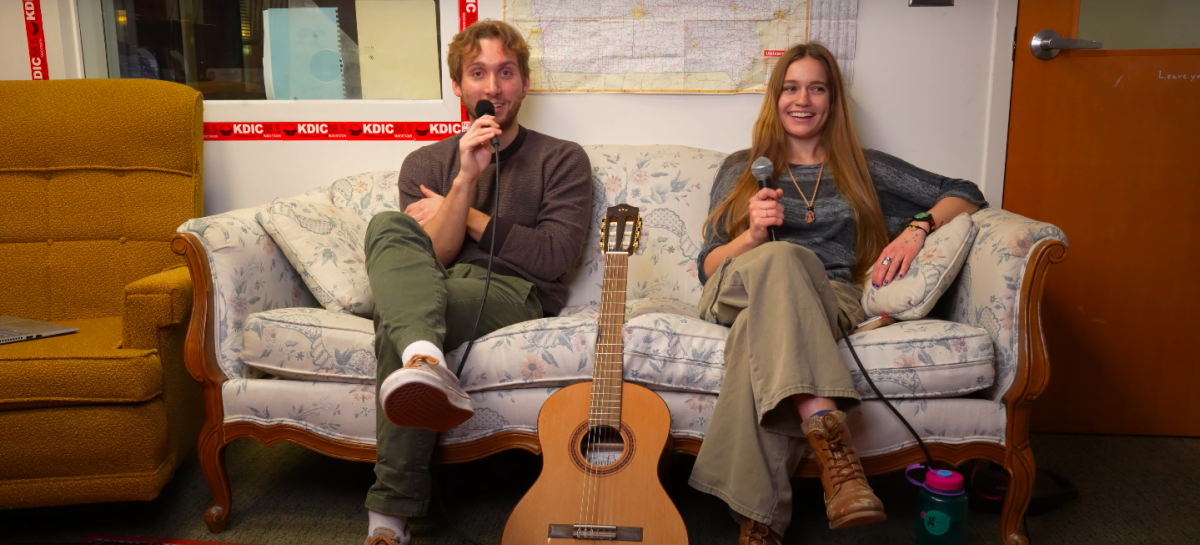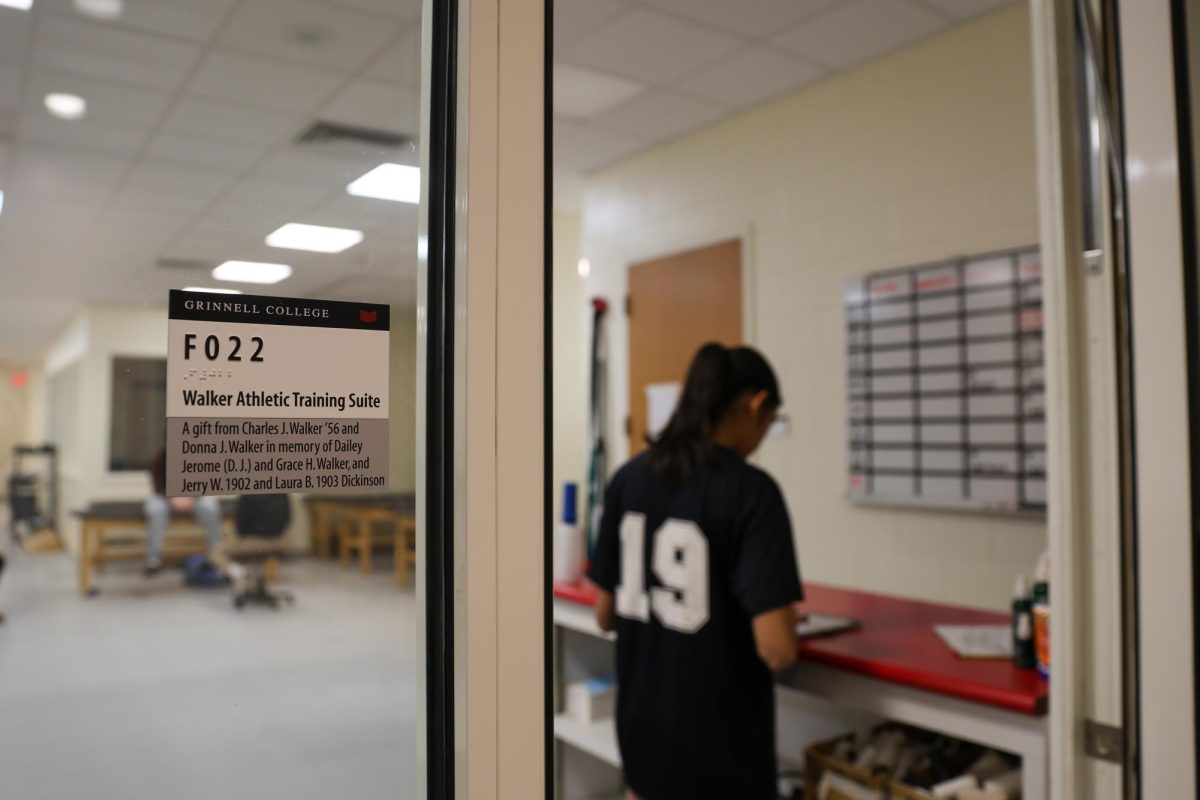After failing to pass in February, the $60 million bond issue proposed by the Grinnell-Newburg Community School District Board of Education was voted down again at the polls on Tuesday.
The bond ballot featured two public measures, both of which required at least 60 percent of the vote to pass. The first measure asked whether the district “should be authorized to contract indebtedness and issue General Obligation Bonds in an amount not to exceed $60,000.00,” to renovate the high school and middle school sites and construct a new elementary building, consolidating the three current elementary buildings into one. The second measure asked voters’ permission to raise the tax levy above $2.70, but not to exceed $4.05, to finance the bond.
The results are unofficial but will be finalized at 1 p.m. on Monday, Sept. 17, when the final canvass of votes is released, according to Poweshiek County Auditor Missy Eilander in an email to The S&B. As the results now stand, 44.2 percent of the vote was in favor of the first measure, while 43.4 percent of voters said yes to the second.
The unofficial results show a total of 3,847 voters — 2,545 at the polls and 1,302 by absentee ballot.
In comparison, the February election saw 2,341 total voters, with 52.1 percent of the vote in favor of the first measure and 51.1 percent in favor of the second.
This vote comes after months of information sessions provided on the bond by Superintendent Dr. Janet Stutz and the community groups Educate Our Kids and We Are Grinnell. The bond was proposed in response to an estimated $48 million to $52 million worth of repairs required on current buildings. Rather than make repairs that would not significantly increase the life span of some of the buildings, the bond suggested the construction of a new building, in addition to repairs and renovations to the high school and middle school.
Concerns from the community arose over the tax levy that was estimated to increase the taxes of an average Grinnell homeowner by $230, or $2.60 for every $1,000 of homeowners’ taxable property value.
Another point of controversy centered on the proposed site for the new middle school. Located on Fourth Avenue, the lot was a former manufacturing site. That raised concern over whether or not there were harmful chemicals present. Stutz had the property assessed by several agencies and Grinnell College chemistry professors to look over the levels of toxins and chemicals found. These assessments deemed the site safe for building.
Division over the bond issue was illustrated in lawn signs across town, and as early as July 23, Letters to the Editor were printed in the Grinnell Herald-Register on both sides of the vote. In the Aug. 30 issue of the Herald-Register, twenty letters were submitted, filling two and a half full pages of the paper, while the issue from the Thursday before the election, Sept. 6, featured eleven letters, six in favor of the bond, five against. The Grinnell-Herald Register publishes on Mondays and Thursdays, but on the Monday before a Tuesday election, no Letter to the Editor regarding the election was allowed.
On Wednesday Sept. 12, the day following the election, Stutz spoke with The S&B, admittedly disheartened by the results of the bond.
However, the results make the divide over the issue clear and Stutz acknowledged that the community has spoken. About half of those who voted disagree with the bond and as a result a new solution must be sought.
Given the condition of the buildings, Stutz still believes that drastic improvements must be made and that a new building should be built, consolidating the district from five buildings to three.
Conceding to concerns expressed by the community, Stutz feels that the Fourth Ave. site cannot be used. Instead they will have to find a new site or a creative solution.
Stutz hopes that through community engagement sessions some common ground can be reached and a solution found. The Board of Education will begin discussing next steps, likely holding workshops open to the public in the coming weeks to brainstorm alternate options. Stutz encourages feedback from community members on both sides of the vote, but specifically those who voted “no” so that their concerns and desires can be taken into account.
